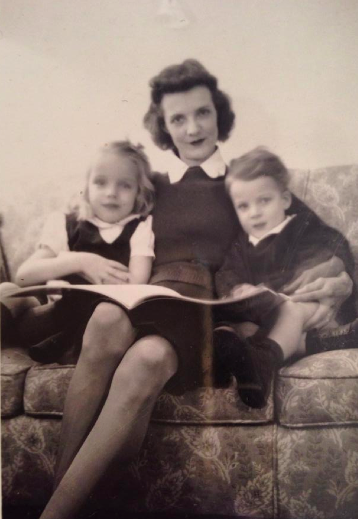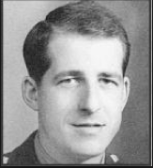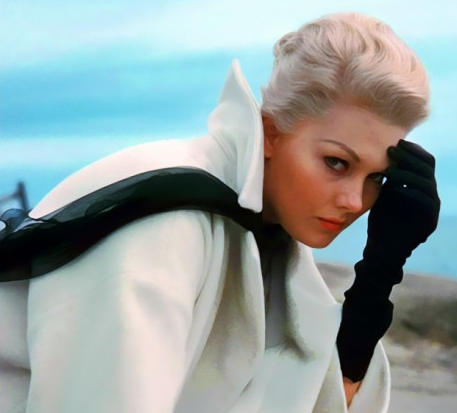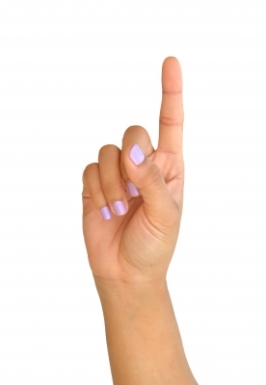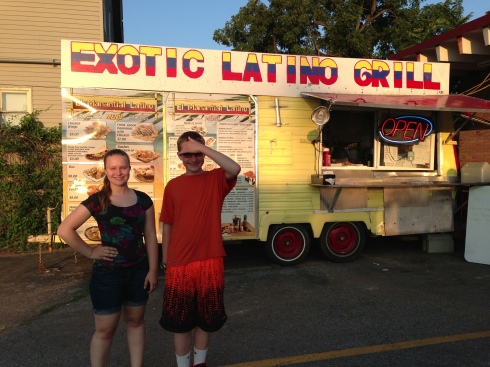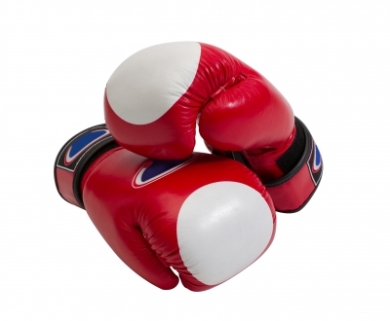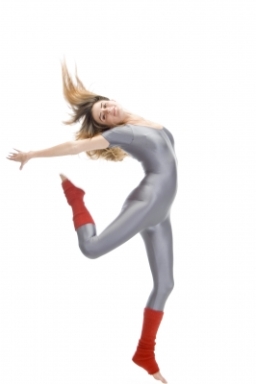I’ve had a rough week and have tried hard to not sink into a funk over it. One thing that helps me when things aren’t going the way I’d like is to put together a gratitude list: an inventory of what I’m thankful for. It works wonders to improve my mood.
This little exercise can go beyond the obvious things–family, friends, health, having some measure of prosperity. People complain a lot about what this world has come to, but by thinking of what has made a difference in my life (even in little ways), I can start to see beyond the negativity.
Here’s a list of three “small” things that have made a big impact for me:
1. DOGS: The dogs my husband and I have owned together have made my life so much richer. They have taught me more than school, more than religion, and more than any person about what it means to be living in the moment. They are companions in ways beyond human understanding.

2. ALLERGY MEDICINE: This week, in the midst of my “meh” attitude, I also ran out of allergy medicine and had to go for a couple of days without it. I had the itchy eyes, ears, and throat along with the nonstop sneezing–the whole bit. It was dangerously close to “Phase 2” allergy symptoms, which for me translates to eyes swollen shut, ear infections, and feeling like a wreck. Like a flu without the diagnosis.
Back before the days of Zyrtec, I felt this way for most of April and May because of the tree pollen, and then again for most of July and August because of whatever is blooming then. I had to stay in the AC and take Benadryl; this was before the days of non-drowsy. I felt sluggish most of the time. If I didn’t take the Benadryl, I had sneezy fits and spent most of the time walking around with Kleenex up my nose. Not pretty.
It’s no joke that allergy medicine has really changed my life. I can’t imagine going without it, and this week was a good reminder that I’m thankful I don’t have to.
3. ANTIDEPRESSANTS: I come from a long line of women who worry too much. Not normal worrying–I’m talking the kind of worrying that makes you not go out of the house for 10 years. Yep, that was my Mom. Severe panic attacks and agoraphobia. My Grandma had the worrying problem, too–but she took care of it by smoking a lot.
When I was young, my version of the worrying first showed up as a fear of choking to death. Perhaps I’d seen too many PSAs about how to do the Heimlich maneuver; this was something that was getting a lot of publicity at the time. Somehow, in my 8-year-old mind, this translated into needing to chew the life out of my food.
There was a time when I probably wasn’t getting enough to eat because I was so worried about choking. I remember sitting at the table until late at night because I couldn’t leave the table until I finished everything on my plate. Believe me, eating takes a heck of a long time when you chew every bite 200x.
By the time I was a young woman, with the stress of college and responsibility, the worrying got worse. I was an overachieving perfectionist. I obsessed over little things that really didn’t matter–mostly my grades and whether or not people liked me. This took a toll on me.
I had several incidents where I felt completely out of control over my life and overcome with anxiety. One time when I got up 15 minutes late for a babysitting job, I felt so bad about the mistake I’d made and had an overwhelming sense of shame. I started hyperventilating, shaking uncontrollably, and had a hard time clearing my head again. Every criticism I could make of myself ganged up on me all at once.
Looking back, it’s pretty clear that I was having panic attacks from the time I became a teenager. They leveled off for a while only to return after my daughter was born and again when I was pregnant with my son. Remembering what my Mom went through during the time when she was so incapacitated by anxiety that she was afraid to go out of the house, I knew that I couldn’t go through that. I needed to work, for my livelihood and to satisfy my obsession for problem-solving (also clearly an issue, but a productive one in this case). So, working with my doctor to take some tests and rule out heart or thyroid issues as the cause for my periodic “episodes,” we came to the conclusion that my genes had caught up with me.
I was extremely resistant to taking medication for this issue. For me, it was a sign of personal failure. But after talking with the doctor, my husband, and family members, I was encouraged to think of it more as a family health issue, which it is–much like heart issues running in the family. I don’t have patience with people who issue judgment over mental illness. It is serious business in the same manner as medical health problems and deserves equal attention.
After trying one antidepressant that made me paradoxically more anxious, I was reluctant to give it another go and white-knuckled severe anxiety for about six months. This was no cake walk and prompted me to trust in just one more try. Luckily, the second time it worked.
I still take the pediatric dose in the summer and slightly higher in the winter and am thankful to carry on with my affairs without the crippling anxiety I’d come to know. It’s a good feeling to know that I can manage this health issue without having to resort to unhealthy medications like alcohol and nicotine. My own experience has given me compassion for others, including my daughter, who also face similar challenges.
